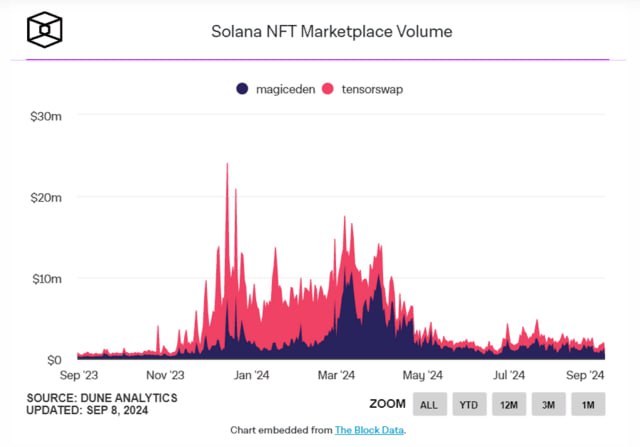In October 2025, the trading volume on perpetual decentralized exchanges (perp-DEX) reached a record $1.3 trillion, nearly doubling the September figure. This significant achievement is the result of several factors, including the active development of platforms and new initiatives in the industry.
Reasons for Growth in Trading Activity
Analysts from The Block highlight two main reasons for this sudden increase in trading volume.
The first reason is the incentive programs that major exchanges have actively implemented. The point systems, which users hope to exchange for future airdrops, attracted many users, leading to an increase in trades on these platforms.
The second reason is the market downturn in October, which triggered mass liquidations of positions. Traders, facing losses, began actively seeking opportunities to recover, which in turn boosted trading activity on perp-DEX.
Platforms such as Hyperliquid, Lighter, Aster, EdgeX, Pacifica, and ApeX played a key role in increasing trading volumes. For instance, Lighter attracts traders with zero commissions, while Aster benefited from support from the BNB Chain ecosystem, which ensured additional demand.
Future Outlook
Despite the expected decline in trading activity in the coming months, experts predict that the volume on perp-DEX will remain higher than previous levels, thanks to ongoing incentive programs.
Sector Interest and New Startups
With growing interest in the sector, startups are also actively raising investments. One such project, Liquid, raised $7.6 million in a seed funding round within a few weeks of its launch. The funding was provided by Paradigm, General Catalyst, and several angel investors. Liquid is a non-custodial aggregator app for perp-DEX, which consolidates several platforms, such as Hyperliquid, Lighter, and Ostium, into a single interface.
According to Liquid founder Franklin Wong, the goal of the project is to provide retail users with institutional-level tools. The mobile-oriented app sends notifications about risks, such as position liquidations, and allows users to trade across various exchanges through one interface. Additionally, Liquid offers yield-bearing vaults with about 7% annual returns and supports integration with point systems from different projects.
New Players in the Market
Another important player that recently entered the market is the Astros project. It launched its perp-DEX platform on the Sui network, which has a total locked value of over $2.6 billion. Astros founder Jerry Liu noted that perp-DEXs have become an important test for blockchains, testing their ability to support real financial infrastructure. Thanks to the high performance of the Sui blockchain, Astros can compete at the highest level.
Moreover, Astros has integrated with the NAVI Protocol, a lending protocol that provides access to $1 billion in capital. This integration creates a cycle: trading activity on the platform generates returns for lenders, and their funds provide liquidity for traders. In addition, the platform supports integration with popular wallets such as OKX, Binance, KuCoin, and Gate.
Records and the Future of the Industry
In October, the trading volume on perp-DEXs exceeded $1 trillion for the first time in history. This record is a clear indication of the growing interest and involvement of traders in the sector of perpetual futures on decentralized platforms. Considering current trends, it is expected that this growth will continue, despite potential short-term market fluctuations.










